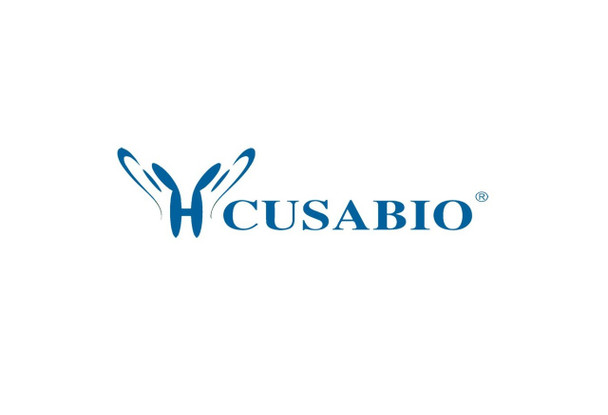Cusabio Salmonella typhi Recombinants
Recombinant Salmonella typhi DNA gyrase subunit B (gyrB), partial | CSB-EP358232SWW
- SKU:
- CSB-EP358232SWW
- Availability:
- 3 - 7 Working Days
Description
Recombinant Salmonella typhi DNA gyrase subunit B (gyrB), partial | CSB-EP358232SWW | Cusabio
Alternative Name(s): /
Gene Names: gyrB
Research Areas: others
Organism: Salmonella typhi
AA Sequence: PALSELYLVEGDSAGGSAKQGRNRKNQAILPLKGKILNVEKARFDKMLSSQEVATLITALGCGIGRDEYNPDKLRYHSIIIMTDADVDGSHIRTLLLTFFYRQMPEIVERGHVYIAQPPLYKVKKGKQEQYIKDDEAMDQYQISIALDGATLHANAHAPALSGEALEKLVSEYNATQKMIGRMERRFPKALLKELVYQPTLTEADLSDEQTVTRWVNALITELNEKEQHGSQWKFDVHTNTEQNLFEPIVRVRTHGVDTDYPLDHEFVTGAEYRRICTLGEKLRGLIEEDAFIERGERRQPVTSFEQALEWLVKESRRGLAIQRYKGLGEMNPDQLWETTMDPESRRMLRVTVKDAIAADQLFTTLMGDAVEPRRAFIEENALKAANIDI
Source: E.coli
Tag Info: N-terminal 10xHis-tagged and C-terminal Myc-tagged
Expression Region: 415-804aa
Sequence Info: partial
MW: 51.8 kDa
Purity: Greater than 85% as determined by SDS-PAGE.
Relevance: A type II topoisomerase that negatively supercoils closed circular double-stranded (ds) DNA in an ATP-dependent manner to modulate DNA topology and maintain chromosomes in an underwound state. Negative supercoiling favors strand separation, and DNA replication, transcription, recombination and repair, all of which involve strand separation. Also able to catalyze the interconversion of other topological isomers of dsDNA rings, including catenanes and knotted rings. Type II topoisomerases break and join 2 DNA strands simultaneously in an ATP-dependent manner.
Reference: "Complete genome sequence of a multiple drug resistant Salmonella enterica serovar Typhi CT18." Parkhill J., Dougan G., James K.D., Thomson N.R., Pickard D., Wain J., Churcher C.M., Mungall K.L., Bentley S.D., Holden M.T.G., Sebaihia M., Baker S., Basham D., Brooks K., Chillingworth T., Connerton P., Cronin A., Davis P. Barrell B.G. Nature 413:848-852(2001)
Storage: The shelf life is related to many factors, storage state, buffer ingredients, storage temperature and the stability of the protein itself. Generally, the shelf life of liquid form is 6 months at -20?/-80?. The shelf life of lyophilized form is 12 months at -20?/-80?.
Notes: Repeated freezing and thawing is not recommended. Store working aliquots at 4? for up to one week.
Function:
Involvement in disease:
Subcellular Location:
Protein Families:
Tissue Specificity:
Paythway:
Form: Liquid or Lyophilized powder
Buffer: If the delivery form is liquid, the default storage buffer is Tris/PBS-based buffer, 5%-50% glycerol. If the delivery form is lyophilized powder, the buffer before lyophilization is Tris/PBS-based buffer, 6% Trehalose, pH 8.0.
Reconstitution: We recommend that this vial be briefly centrifuged prior to opening to bring the contents to the bottom. Please reconstitute protein in deionized sterile water to a concentration of 0.1-1.0 mg/mL.We recommend to add 5-50% of glycerol (final concentration) and aliquot for long-term storage at -20?/-80?. Our default final concentration of glycerol is 50%. Customers could use it as reference.
Uniprot ID: P0A2I4
HGNC Database Link: N/A
UniGene Database Link: N/A
KEGG Database Link: N/A
STRING Database Link: N/A
OMIM Database Link: N/A









